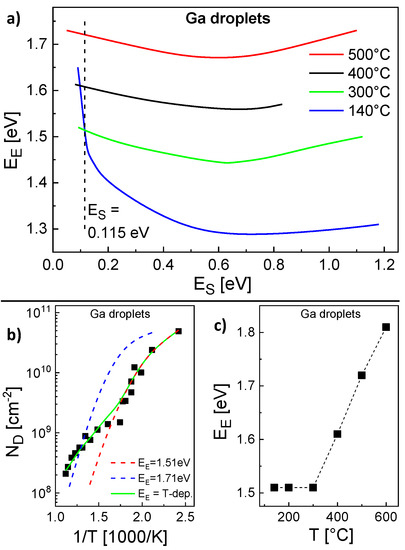

The chemical and morphological characterization of the particles where investigated by DRIFTS, XPS, SEM and SAXS. A co-condensation sol-gel synthesis of hybrid fluorescent silica nanoparticle where developed. However, a one-step synthesis will be an efficient approach in this sort of bifunctional hybrid nanoparticles. This kind of nanoparticle is regularly synthesized by methods that employ templates, additional nanoparticle formation or multiple pathway process. On the other hand, the amine-functionalized nanoparticle surface enables a wide range of applications, as amino groups could be easily linked with different biomolecules for targeting purposes. Inside the particle, the fluorophore is protected from the external conditions and its main emission parameters remains unchanged even in the presence of quenchers. The encapsulation of fluorescent dyes inside silica nanoparticles is advantageous to improve their quality as probes. Vera, MarÃa L Cánneva, Antonela Huck-Iriart, Cristián Requejo, Felix G Gonzalez, Mónica C Dell'Arciprete, MarÃa L Calvo, Alejandra The thesis is divided into the following 4 chapters: synthesis, characterization, and reactivity of trinuclear pentamethylcyclopentadienyl cobalt and nickel clusters with triply-bridging methylidyne groups chemical and physical properties of pentamethylcyclopentadienyl acetylacetonate complexes of Co(II) and Ni(II) synthesis, characterization, and reactivity of pentamethylcyclopentadienyl halide complexes of Co and Ni and crystallographic studies of distortions in metallocenes with C 5-symmetrical cyclopentadienyl rings.įluorescent silica nanoparticles with chemically reactive surface: Controlling spatial distribution in one-step synthesis. Synthesis, characterization, and reactivity of pentamethylcyclopentadienyl complexes of divalent cobalt and nickel These studies demonstrate that acetoxylation adjacent to the lactone carbonyl group, in either the bridged or fused series, is required to produce fragmented Golgi membranes in the pericentriolar region that is characteristic of macfarlandin E. Moreover, these dioxabicyclic lactones react with primary amines and lysine side chains of lysozyme to form substituted pyrroles, a conjugation that could be responsible for the unique biological properties of these compounds. Under both acidic and basic conditions, 8-substituted 2,7-dioxabicyclooctanones are converted to 6-substituted-2,8-dioxabicyclooctanones.


Aspects of the chemical reactivity and Golgi-modifying properties of these bicyclic lactone analogs of rearranged spongian diterpenes are also reported. In addition, the first synthesis of 7-acetoxy-2,8-dioxabicyclooctanones containing quaternary carbon substituents at C6 is disclosed. Details of the first synthesis of the 6-acetoxy-2,7-dioxabicyclooctan-3-one ring system, including an examination of several possibilities for the key bridging cyclization reaction, are described. The synthesis and direct comparison of the chemical reactivity of the two highly oxidized bicyclic lactone fragments found in rearranged spongian diterpenes (8-substituted 6-acetoxy-2,7-dioxabicyclooctan-3-one and 6-substituted 7-acetoxy-2,8-dioxabicyclooctan-3-one) are reported. Schnermann, Martin J Beaudry, Christopher M Genung, Nathan E Canham, Stephen M Untiedt, Nicholas L Karanikolas, Breanne D W Sütterlin, Christine Overman, Larry E Divergent synthesis and chemical reactivity of bicyclic lactone fragments of complex rearranged spongian diterpenes.


 0 kommentar(er)
0 kommentar(er)
